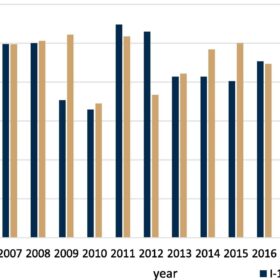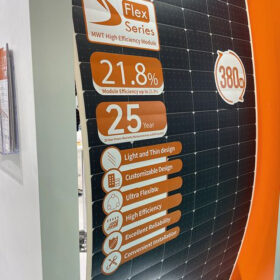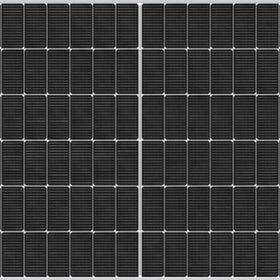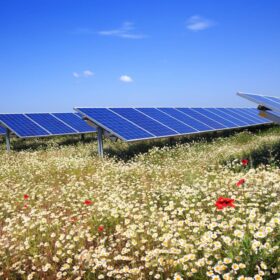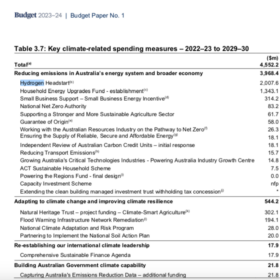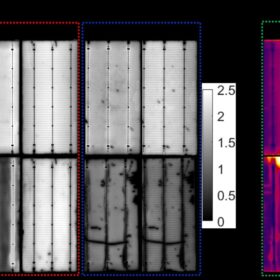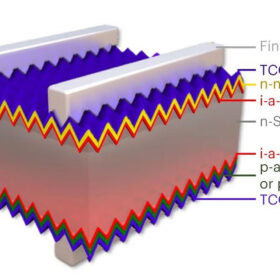Researchers assess degradation in PV systems older than 15 years
Scientists have used the US National Renewable Energy Laboratory’s (NREL) HOMER software to calculate the degradation of solar panels deployed in two rooftop PV systems operating in Germany since 2003. Their calculations focused on the energy productivity of the systems.
New model to assess levelised cost of hydrogen in PV-powered electrolysis
Scientists in Singapore have developed a methodology to calculate the levelised cost of hydrogen in green hydrogen facilities powered by photovoltaics, emphasising the need for a levelised cost of storage (LCOH) below USD 10/kg ($15/kg) to enable green hydrogen to compete with grey, blue, and orange hydrogen in the current technology landscape.
Perovskite solar cell design promises 31.09% efficiency
Chinese researchers have developed a solar cell using CsSnI3 perovskite, known for its unique phase transitions and near-IR emissions. By simulating the device with various electron transport layers (ETLs) and hole transport layers (HTLs), they determined that the optimal cell could be created using a titanium oxide (TiO2) ETL and a nickel(II) oxide (NiOx) HTL.
Weekend read: Flex generation
A new generation of flexible, lightweight modules is entering the market. With back contact technology offering its own form of design flexibility and robustness, the new products could crack a hard-to-address market segment, as Jonathan Gifford explains.
Sharp unveils 570 W TOPCon solar panel with 22.07% efficiency
Sharp’s new IEC61215- and IEC61730-certified solar panel offers a power conversion efficiency of 22.07% and a bifaciality of more than 80%. The operating temperature coefficient is -0.30% per C and its power tolerance is 5%.
Building nature-friendly solar parks
Hungarian company SolServices has published a white paper outlining ways to make solar farms more compatible with nature and wildlife, from insects and amphibians to birds, bats, rodents and big game.
Australia to invest $2 billion in hydrogen
The Australian government has presented its 2023-2024 budget, with $2 billion (USD 1.35 billion) to be invested in hydrogen, while Austria, Germany, and Italy said they have started moving forward on a southern hydrogen corridor from North Africa to Northern Europe.
Australian scientists warn of heat-induced failure risks in HJT glass-backsheet PV modules
University of New South Wales researchers have identified four failure modes caused by damp heat in heterojunction solar panels with a glass-back sheet configuration. The failures could result in power losses ranging from 5% to 50%.
Electrolysis cost-efficient in all climates, says Finnish team
Researchers at the VTT Technical Research Centre of Finland said that chemical energy storages were needed for short and long-term balancing in every climate region, especially in the northern climates. Meanwhile, companies are moving forward with their plans to produce hydrogen in Namibia and Morocco.
A closer look at Longi’s world record-breaking, 26.81%-efficient heterojunction solar cell
An international research group led by Longi Central R&D Institute has published a paper describing Longi’s heterojunction solar cell based on a full-size silicon wafer that made a sensation in November, as it beat the long-lasting efficiency record held by Japanese manufacturer Kaneka for years. The researchers attributed the cell efficiency improvement to the implementation of a p-type amorphous silicon hydrogenated layer together with a modified transparent conductive oxides contact, which they said greatly reduced the cell contact resistivity.
